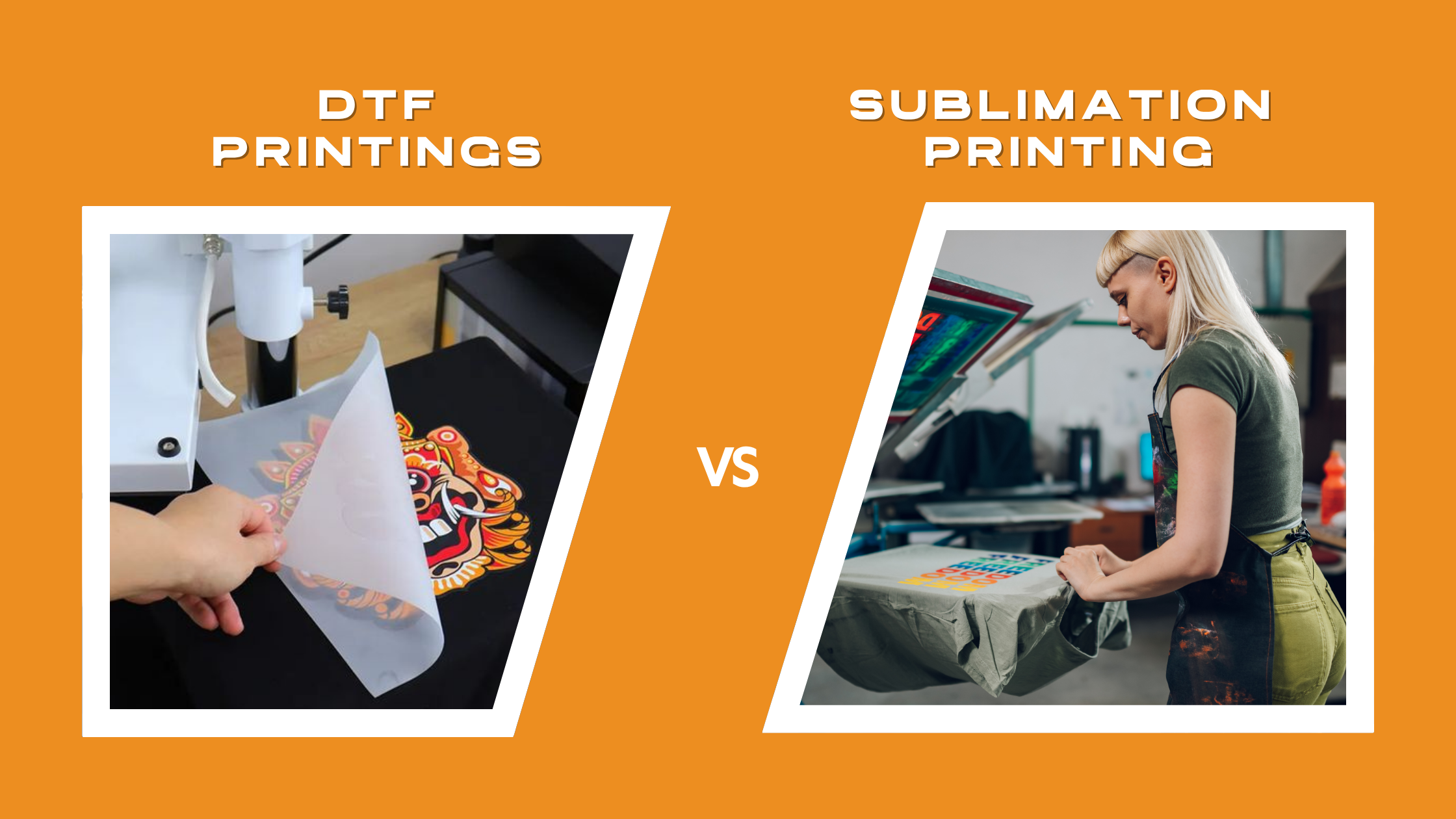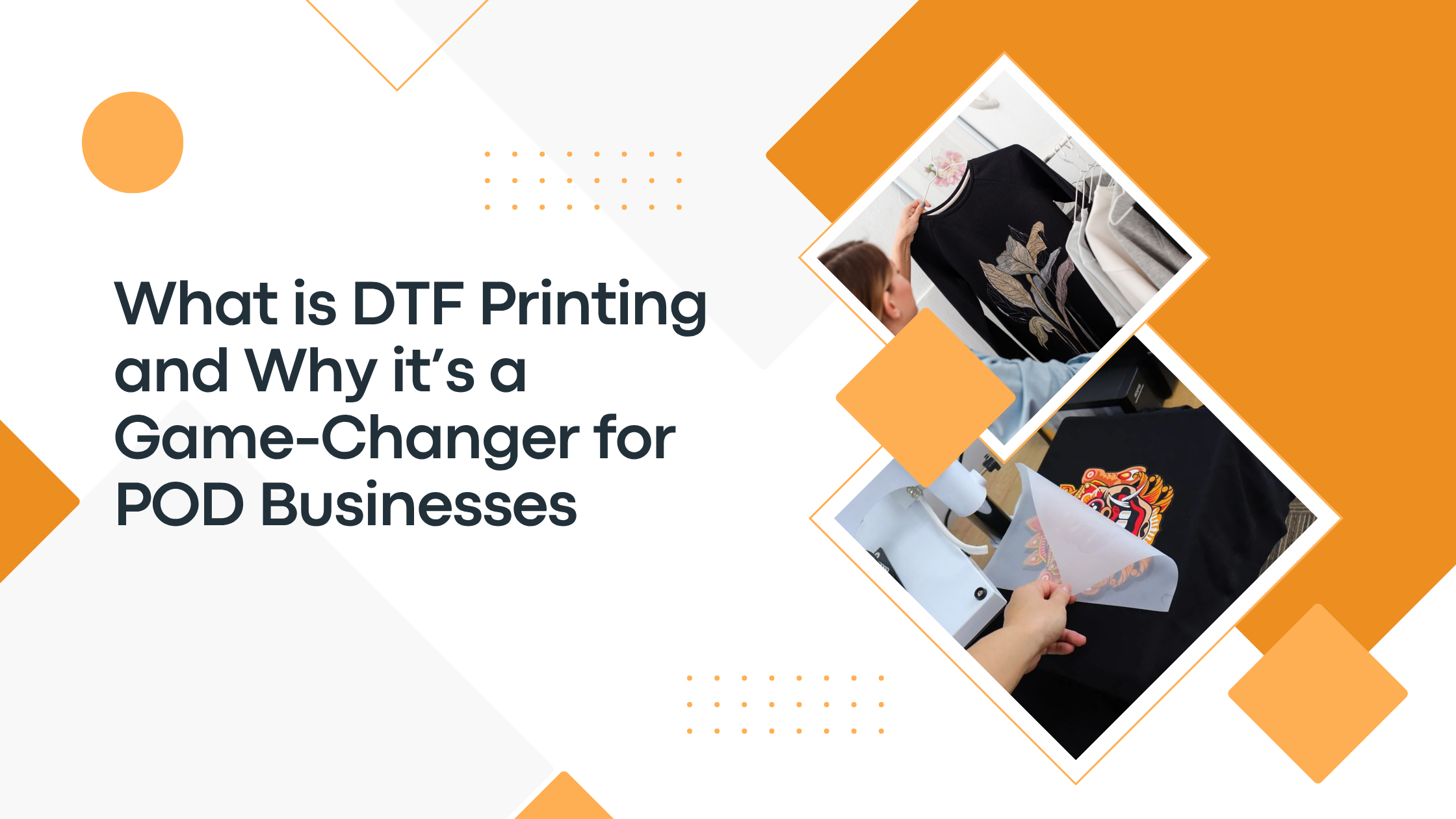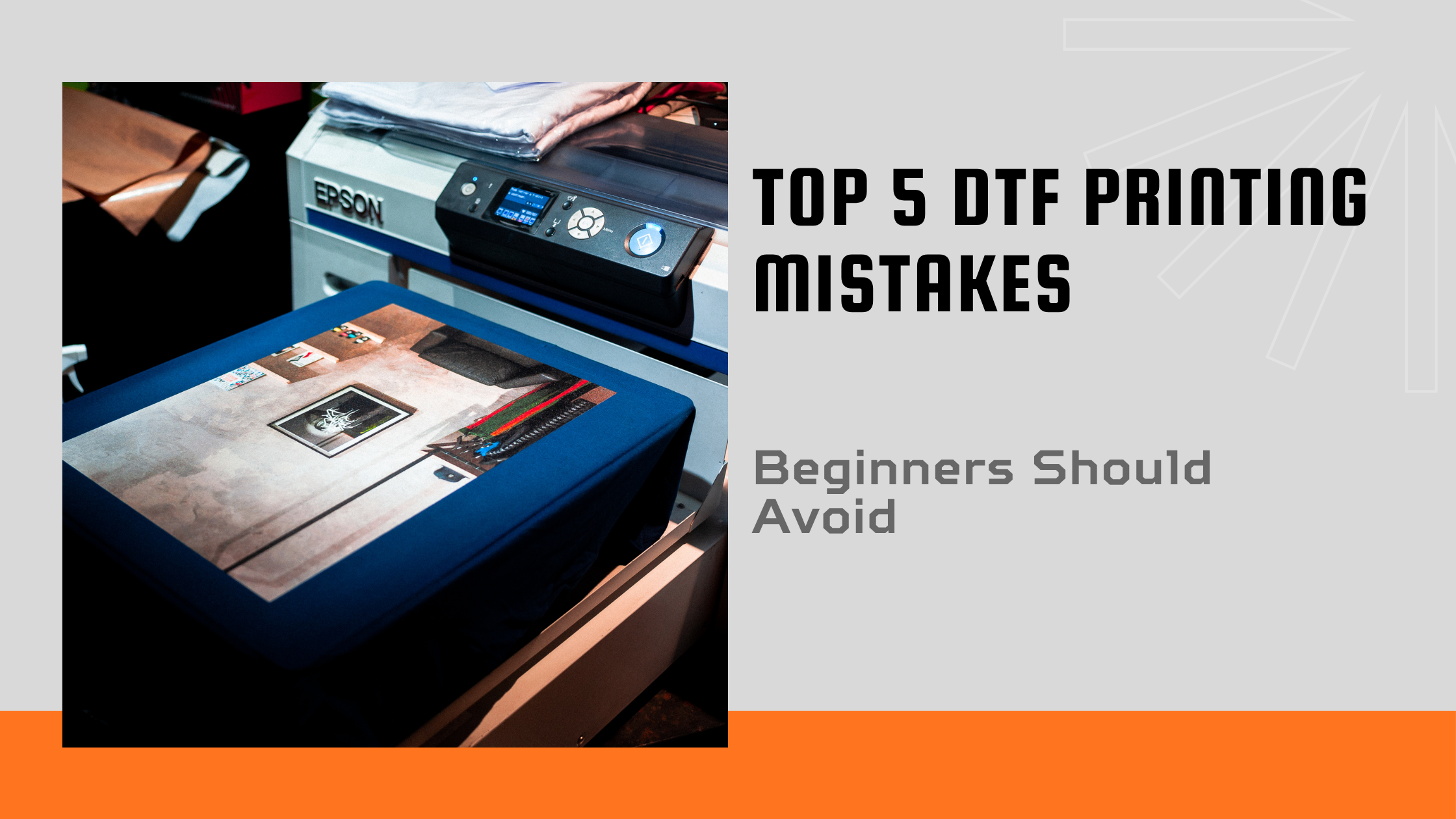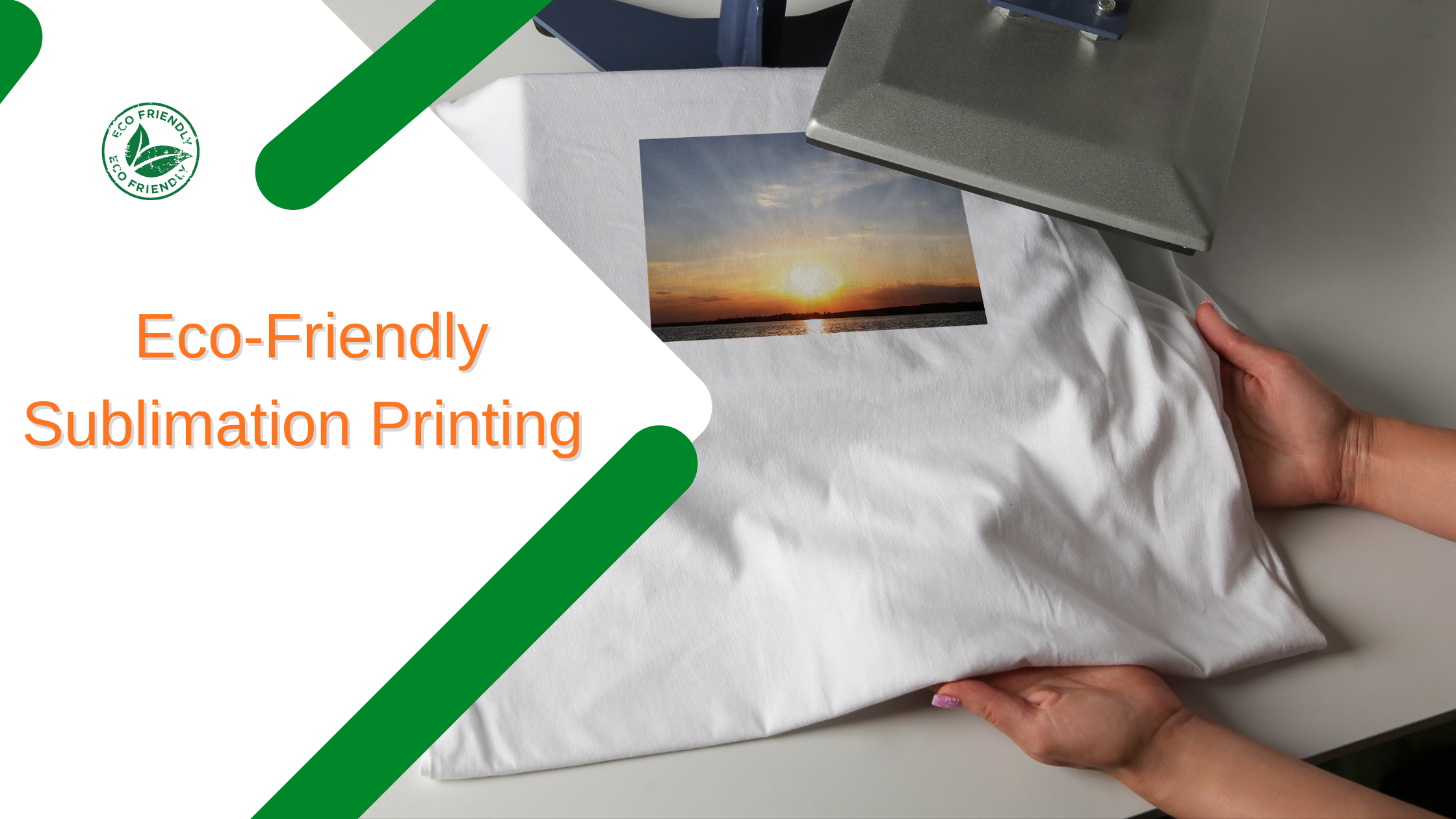Introduction
Choosing the right printing method is critical for a print-on-demand (POD) business. Two popular options are DTF Printing (Direct-to-Film) and Sublimation Printing. Each has unique advantages, limitations, and ideal use cases.
Understanding their differences helps entrepreneurs make informed decisions, reduce costs, and deliver high-quality products.
This guide compares DTF Printing and Sublimation Printing in terms of quality, durability, cost, fabric compatibility, and industry trends in 2025.
1. What is DTF Printing?
DTF Printing involves printing designs on a special transfer film, applying adhesive powder, and heat-pressing the design onto fabric.
Key Features:
- Works on cotton, polyester, and blends.
- Supports full-color, detailed designs.
- Ideal for small to medium batch orders.
Industry Insight: Many POD brands use DTF Printing for personalized apparel, small limited-edition runs, and complex designs.
2. What is Sublimation Printing?
Sublimation Printing transfers dye onto polyester fabrics or coated surfaces using heat. The dye becomes part of the fabric, creating vibrant, permanent prints.
Key Features:
- Works best on light-colored polyester or coated products.
- Supports complex, full-color designs.
- Ideal for items like t-shirts, mugs, phone cases, and tote bags.
Industry Insight: Sublimation is popular for lifestyle merchandise, gifts, and promotional items due to its vibrant, long-lasting results.
3. Pros of DTF Printing
- Fabric Versatility: Works on cotton, polyester, blends, and specialty fabrics.
- Detail & Quality: Supports gradients, shadows, and intricate designs.
- Small Batch Friendly: Cost-effective for limited runs or personalized orders.
Soft Hand Feel: Prints remain flexible and comfortable on apparel.
Example: A POD streetwear brand used DTF Printing to produce detailed fan-art hoodies, which sold out quickly online.
4. Cons of DTF Printing
- Slightly higher unit cost for very large orders.
- Requires careful handling during transfer.
Initial printer and heat press investment can be significant.
5. Pros of Sublimation Printing
- Vibrant, Long-Lasting Prints: Dye becomes part of the fabric, ensuring durability.
- Full-Color Designs: Perfect for detailed images, patterns, and photographs.
- Eco-Friendly: Less ink waste compared to some other printing methods.
- Ideal for Hard Surfaces: Works on mugs, phone cases, and coated products.
Example: A POD gift brand used sublimation printing on mugs and coasters, generating high repeat orders from personalized gift buyers.
6. Cons of Sublimation Printing
- Limited to polyester or specially coated surfaces.
- Doesn’t work well on dark fabrics without additional techniques.
- Cannot be used on cotton fabrics directly.
Industry Trend 2025: Brands combining DTF and sublimation expand product offerings, offering both apparel and lifestyle merchandise.
7. Cost Comparison
DTF Printing:
- Minimal setup costs; ideal for small or custom batches.
- Slightly higher per-unit cost for large-volume orders.
Sublimation Printing:
- Initial investment in printers and coated products.
- Cost-effective for high-volume orders of polyester-based items.
Example: For personalized hoodies, DTF Printing is cheaper for 10–50 units. For 500 sublimated mugs or polyester t-shirts, sublimation becomes more economical.
8. Print Quality and Durability
DTF Printing:
- Soft, flexible prints with high detail.
- Can produce vibrant colors on various fabrics.
Sublimation Printing:
- Permanent, fade-resistant prints.
- Works best on light-colored polyester or coated items.
Tip: Both methods offer excellent results, but the choice depends on fabric type, product category, and batch size.
9. Fabric and Product Compatibility
| Printing Method | Best For | Limitations |
| DTF Printing | Cotton, polyester, blends, specialty fabrics | Slightly higher cost for bulk |
| Sublimation Printing | Polyester apparel, mugs, phone cases | Not for cotton, dark fabrics without coating |
Industry Insight: POD brands offering both apparel and accessories can maximize sales by using DTF for apparel and sublimation for hard goods like mugs or coasters.
10. Use Cases
DTF Printing:
- Small batch apparel like hoodies, t-shirts, and tote bags.
- Personalized or custom designs.
- Limited-edition collections.
Sublimation Printing:
- Light-colored polyester apparel.
- Personalized gifts: mugs, coasters, mouse pads.
- Full-color photographic designs.
Example: A POD gift brand paired sublimation mugs with DTF-printed t-shirts for a cohesive product bundle, increasing average order value.
11. Industry Insights and Trends 2025
- Hybrid Approach: Successful POD businesses combine DTF and sublimation to meet diverse customer needs.
- Sustainability: Water-based DTF inks and eco-friendly sublimation practices are becoming standard.
- Customization: Personalized designs continue to drive customer engagement and loyalty.
Example: A POD apparel and gift store used DTF Printing for hoodies and sublimation for mugs, creating a seamless cross-sell strategy that increased repeat purchases.
Conclusion
Both DTF Printing and Sublimation Printing offer unique advantages for POD businesses. Your choice depends on fabric, product type, order size, and design complexity.
Actionable Takeaways:
- Use DTF Printing for cotton apparel, personalized designs, and small batches.
- Use Sublimation Printing for polyester apparel, hard surfaces, and photo-quality prints.
- Combine both methods to maximize product range and customer appeal.
- Consider eco-friendly inks and sustainable practices to meet 2025 market expectations.
By strategically choosing the right printing method, your POD business can deliver high-quality, visually appealing products while satisfying diverse customer demands.






